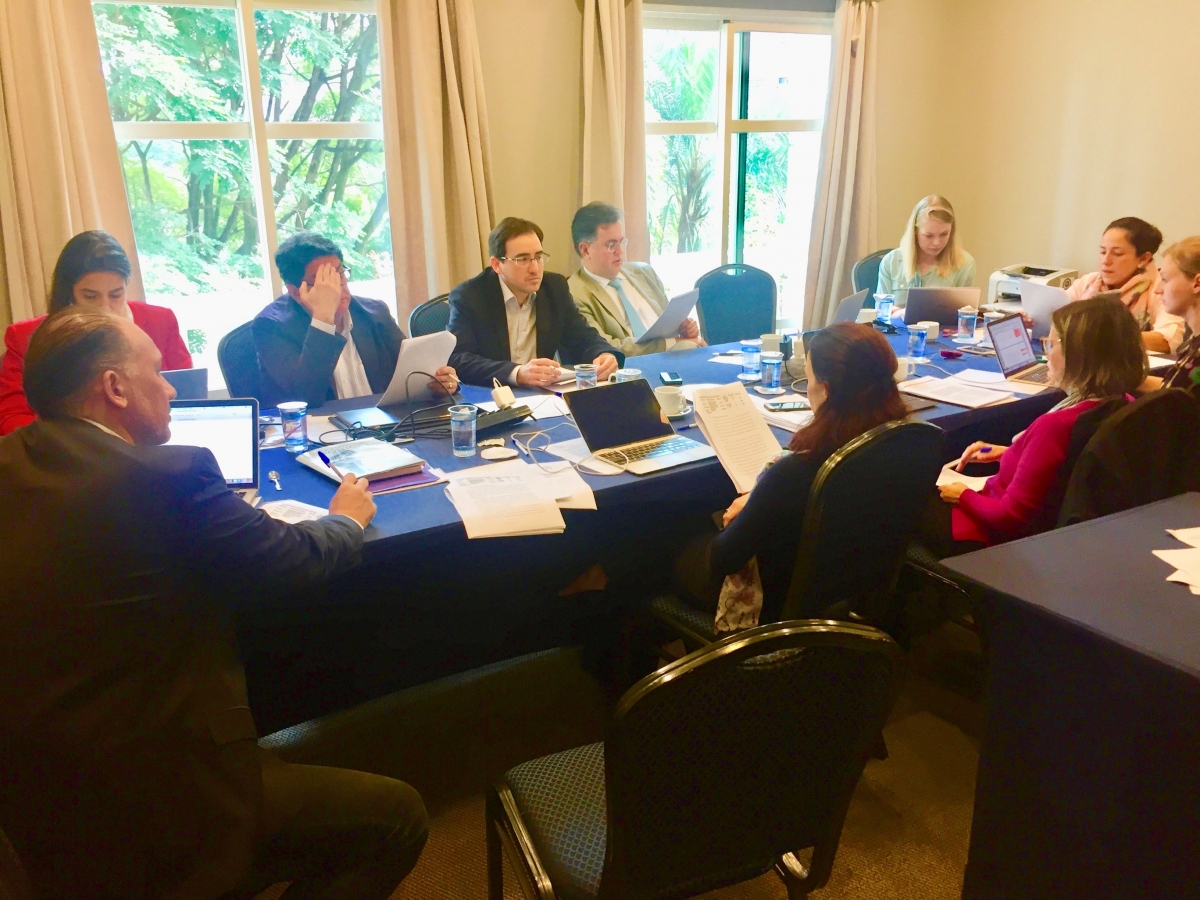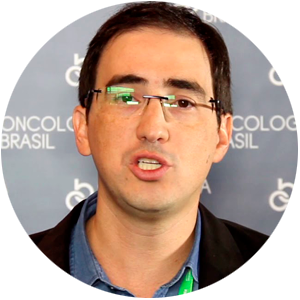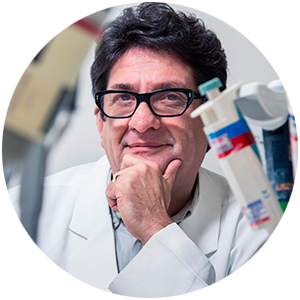16
Next-Generation Sequencing
in Oncology
in Brazil
AHF Convenes a Consensus Conference
on Next-Generation Sequencing in Brazil
Raising Awareness and Increasing Access
to Next-Generation Sequencing in Oncology in Brazil
Next generation sequencing (NGS), also known as high-throughput sequencing, describes a DNA sequencing technology that has revolutionized genomic research by allowing an entire human genome to be sequenced within a single day. In contrast, the previous sequencing technology required over a decade to deliver the final draft. NGS can be used to sequence entire genomes or can be constrained to specific areas of interest, including all 22,000 coding genes or small numbers of individual genes. There are numerous opportunities to use NGS in clinical practice to improve patient care, including its ability to captures a broader spectrum of mutations than the previously used Sanger sequencing. In the case of rare diseases or unidentified diseases, NGS could be used to unravel the genetic basis of unexplained syndromes.
In the field of microbiology, NGS of can be used to trace sources of infection outbreaks. In oncology, cancer genomes can now be systemically studied in their entirety, leading to a more precise diagnosis and classification of the disease, more accurate prognosis, and potentially the identification of ‘drug-able’ causal mutations. Individual cancer sequencing may, therefore, provide the basis of personalized cancer management. Despite this advances in NGS and its potential for developing life-saving treatments, it has not yet translated into routine clinical practice and is used primarily for research.
In June of 2018, the Americas Health Foundation (AHF) convened a meeting of Brazilian experts on NGS in the country, including medical geneticists, molecular biologists, pathologists, and researchers to develop recommendations for raising awareness and increasing access to NGS in Brazil. The resulting article, "Raising Awareness and Increasing Access to Next-Generation Sequencing in Oncology in Brazil", has been accepted for publication in the Journal of Lancet Oncology. Click here to see the full article. To view the graphic only, Click here.
PANELISTS INCLUDED









